Vietnam
American culinary expert - Largeman Roth once shared on Culture Trip that although Vietnamese cuisine uses many spices to create eye-catching colors, the flavor is very light. Vietnamese people often use fresh ingredients, combining many types of vegetables and herbs to prepare dishes. Traditional Vietnamese vegetables such as coriander, basil, star anise... are also natural remedies to prevent and treat diseases.

Vietnamese cuisine uses many types of herbs and spices that have medicinal properties.
One of the healthiest and most famous Vietnamese dishes that Culture Trip mentioned is pho. Vietnamese pho has a broth made from spices that have antioxidant effects, which is both delicious and good for your health.
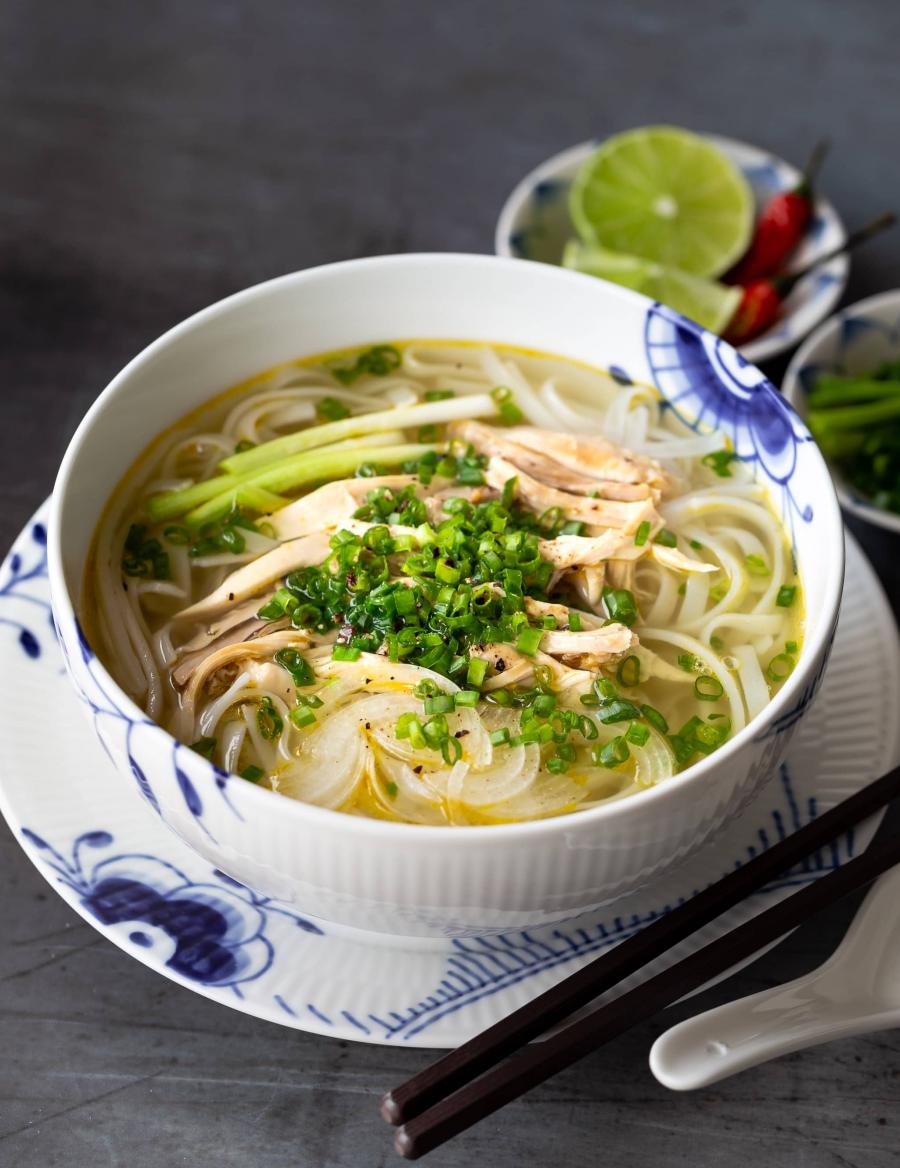
Vietnamese Chicken Pho
In 2019, CNN also listed Vietnamese cuisine in the top 10 best cuisines in the world. CNN wrote: "Vietnamese cuisine is prepared in traditional ways, less dependent on strong spices, focusing on herbs that are good for the user and low in calories."
Thailand

Thai dishes have anti-cancer properties, one of which is Tom Yam Gung soup. This soup is made from shrimp, lemongrass, ginger, coriander and other herbs, which have strong antioxidant properties, inhibiting the growth of cancer-causing viruses in the human body. Ginger, turmeric, and lemongrass are also commonly used in many other Thai dishes to help treat diseases. Coconut milk and spices that create a spicy taste also help diners increase their resistance.
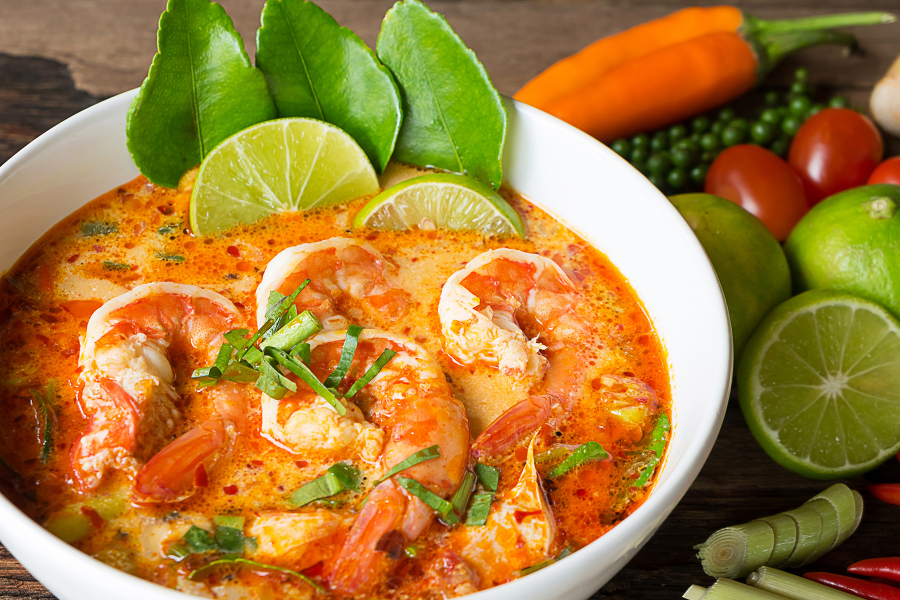
Thai Tom Yam can be eaten with rice or noodles.
Japan
Not only is Japanese cuisine sophisticated, it is also voted as one of the healthiest cuisines in the world. Japanese people often divide dishes into many small portions, eat them with green vegetables such as cabbage, green onions, eggplant, use fresh seasonal ingredients for cooking. When eating, they often use spices to enhance the taste such as soy sauce, pickled vegetables and wasabi.

Japanese dishes often use seasonal ingredients, steamed or quickly fried. Japanese people also only eat until 80% full at each meal - this is the principle called "Hara Hachi Bu", which is very good for health. After meals, they often drink green tea to replenish antioxidants. In addition, Japanese dishes made from tofu and seaweed also bring a lot of nutrients and minerals while still maintaining the light taste of the dish.
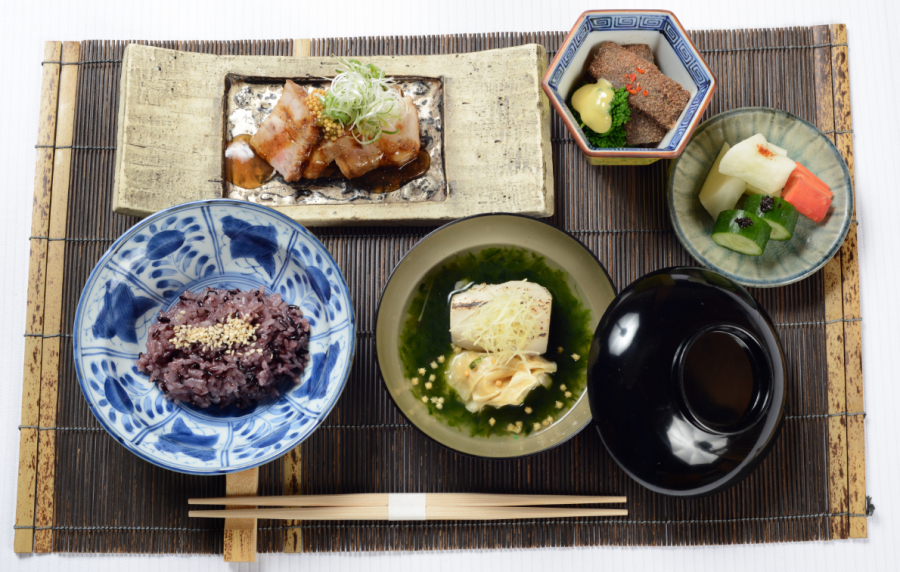
India
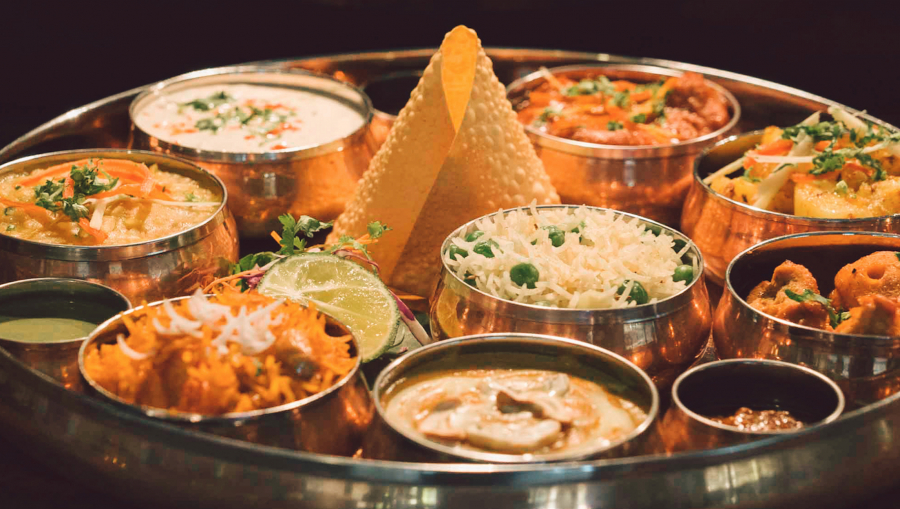
According to expert research, Indian dishes have the ability to prevent cancer, heal inflammation or heat in the body, and prevent Alzheimer's disease. This is thanks to the traditional spices of the Indian people.

Indian Butter Chicken with Rice and Naan Bread
One of the best dishes is vegetarian curry, a staple in many parts of India. There is also lobhia, which is made with tomato sauce, beans, herbs and spices. Visitors to India can also try the famous butter chicken curry, made with yogurt, ginger, onions, garlic and chilies.
Greece
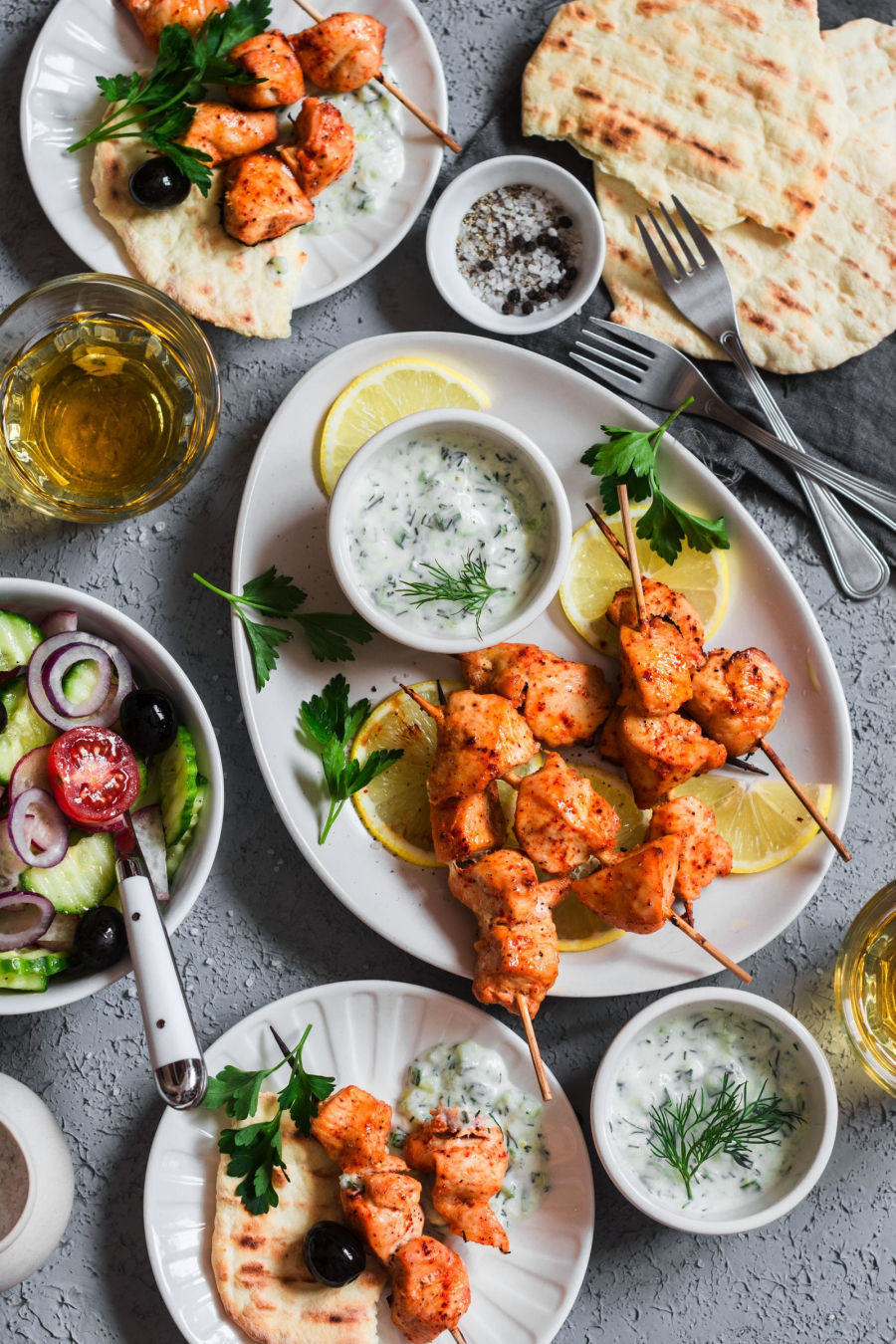
Salad and yogurt are the two most prominent dishes of Greece, and it is because of these two indispensable daily dishes that Greece is ranked among the healthiest cuisines in the world. Traditional Greek dishes are mainly made from: beans, vegetables, fish, and grains. Greeks do not eat much meat, so the fat content in their meals is not too high. These dishes are often rich in omega-3, found in green beans, peppers, and sardines, which are good for the skin and health of Greeks.
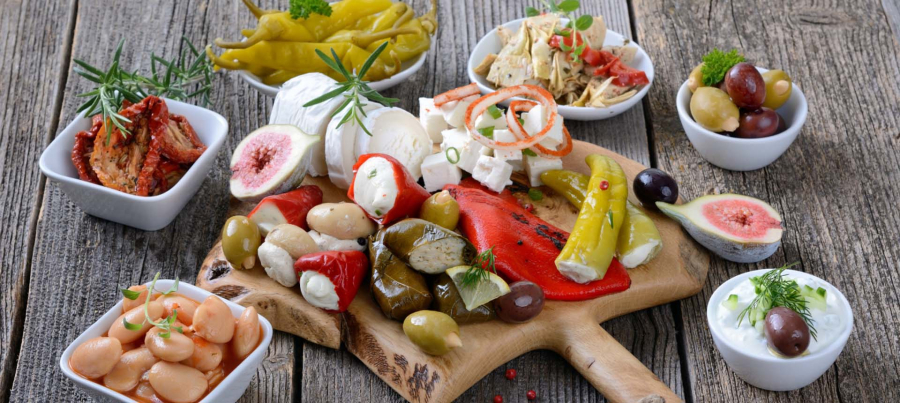
Spain
The Spanish often use many plant ingredients such as: onions, olive oil, saffron, garlic, lemon peel, cinnamon, sheep's milk cheese... to cook. These foods are all good for health and very healthy: olive oil protects the cardiovascular system, reduces cholesterol, the remaining spices provide vitamins C, E, D, B1, enough for the body to have resistance and fight against diseases.
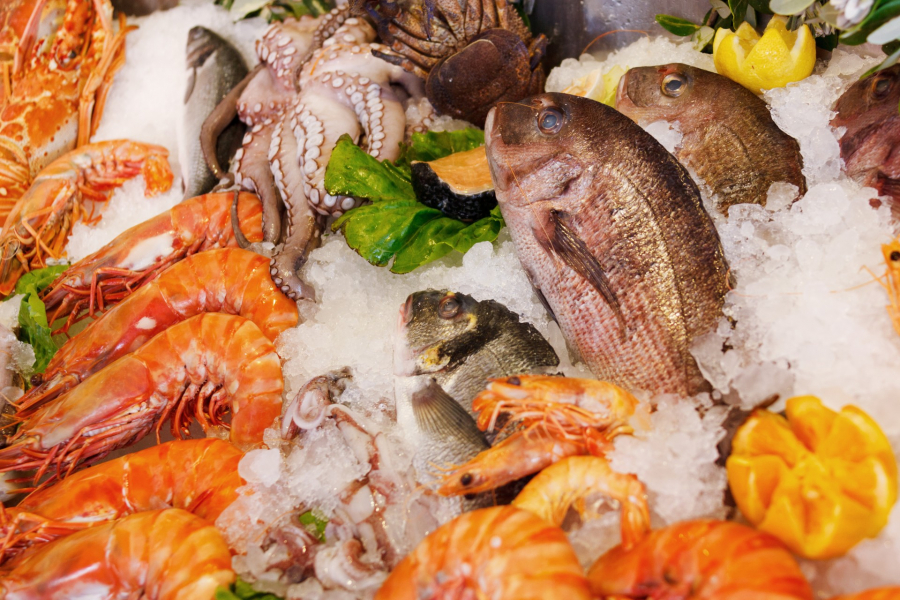
The Spanish also prioritize using fresh ingredients such as Mediterranean seafood, cod, lamb, beef, milk for cooking and limit fried foods. The Spanish also have their own diet that keeps them healthy, in good shape, and less prone to cancer and Alzheimer's than other countries in the world.
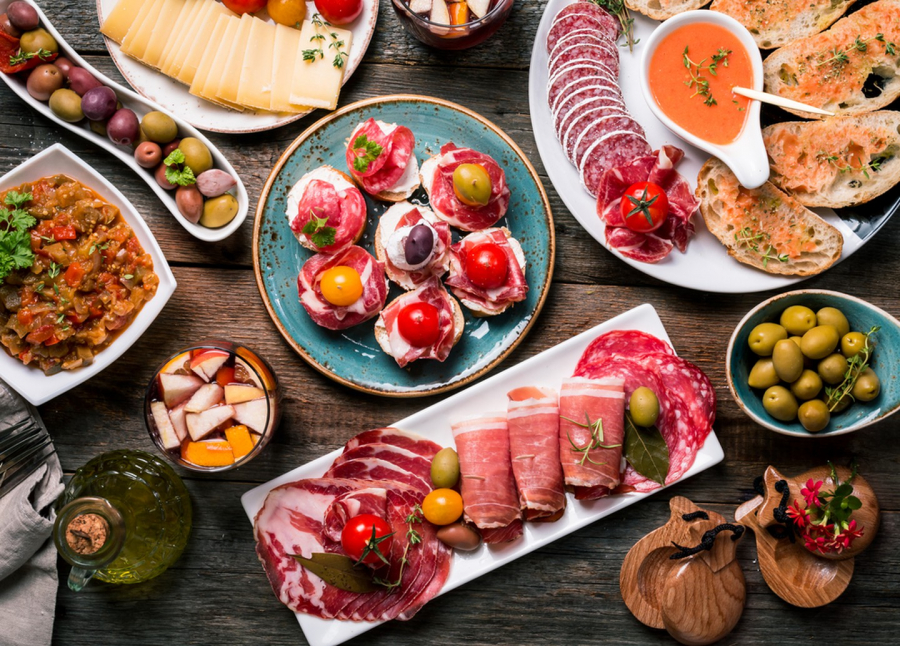
Spain's famous tapas
KOREA
The average South Korean is 5cm taller than their neighbours. This is partly due to their nutrient-rich diet, which is somewhat superior to that of more developed Western countries, while also shunning the saturated fats that have fuelled obesity across Europe and North America.

Kimchi with rice
The low-fat diet favored by Koreans consists mainly of tofu, noodles, eggs, fish, and is often accompanied by kimchi. Barbecued meat, especially beef, is a favorite among Koreans, but the average per capita consumption is only 7.2 kg/year, compared to the average American of 30.3 kg/year.
CHAD
Chad (Africa) is one of the healthiest countries in terms of diet. Markets are the hub of the community, with much of the food being fresh, free of preservatives, saturated fats and excess salt. A Chad specialty is boule, a thick porridge made from grains such as corn, millet and sorghum. Chad is also a major producer of okra, dried pimento, guava, mango, cassava, lamb, goat and fish, all of which are nutrient-dense and could be considered to have some similarities to the Paleo diet.

Chad Spicy Seafood Sauce
ISRAEL
Falafel, a savory fried patty made from chickpeas and fava beans, is now available in food markets around the world. Although falafel likely originated in Egypt, it has spread throughout the Middle East and become a staple of Israeli cuisine. The key elements of Israeli cuisine are unlike those of nearby Mediterranean countries – they use beans, eggplant and carefully seasoned olive oil, which boosts metabolism and aids digestion. Popular ingredients in Israeli cuisine such as tahini and mint are rich in vitamins A and C, calcium, folic acid, zinc and manganese. Pita bread is also highly nutritious, often served with side dishes such as fried eggplant, peppers, French fries, pickles, caramelized onions and more.
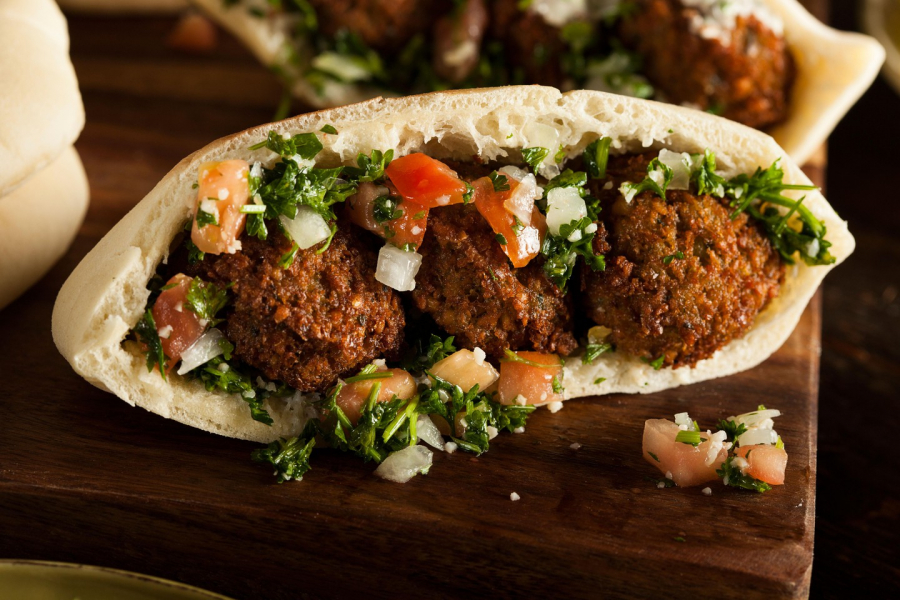
Falafel Pita with rice and salad
SWEDEN
The Scandinavian diet is generally very healthy, with an obesity rate of 11% and an average life expectancy of 81 years. The Swedish diet is low in fruits and vegetables; but rich in bread, berries, fish and dairy, which are high in fiber and antioxidants, which combine to help burn fat. The quality of Swedish food is also very high: meat and dairy products are sourced from animals that are raised and fed cleanly, ensuring valuable nutrients for the consumer.


































